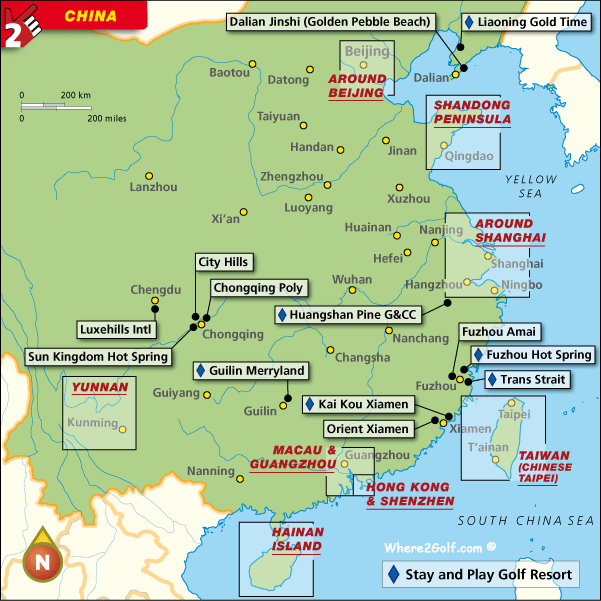By Jesse Burson
Since its inception in the 1400s, the modern game of golf has been considered an elitist sport. At that time, royal families and nobles were the population that made up the game. We have recently witnessed a change from the norm in the United States, most notably with the popularity golf enjoyed when Tiger Woods graced the game in the late 1990s. According to the National Golf Foundation, the demographics of the game widened to include not only the upper echelon of society, but the middle class and youth.
Golf in the twenty-first century has enjoyed a boom like never before. While there are signs the growth is tapering off in the last couple years, the demographic enjoying our sport worldwide is the strongest in golf’s long history.
This growth can be seen across all developed countries except for possibly China. In the United States, our past and current politicians are seen on a golf course frequently. In China, this is considered political suicide. You only need to look to former high-ranking communist party official, Zhao Ziyang, who spent the last 15 years of his life under house arrest for his openness about his golf habit and political stance (more controversial than his sporting habits).
With his rise to power in 1949, Mao Zedong labeled the game an elitist activity, as common people were not allowed into the exclusive clubs. The golfing elite only helped strengthen the association when corrupt party officials made this their sport of choice.
Though there was a brief rise in the acceptance of golf in the late 2000s, China’s current top political figure Xi Zhongxun’s war on corruption has returned the image back to the norm. You might be surprised to know it is illegal to build a golf course in China today, though developers and local officials side-step the restrictions by labeling the projects as eco parks.
This is not to say the appetite for golf by the Chinese wealthy is disappearing, even though it is socially frowned upon. In an interesting twist, the growth of golf in Vietnam has spiked in the past several years. It is thought by many that the Chinese are simply enjoying their sport with their neighbors to the south.
Through regional contacts and publications, it is estimated that China has around 600 golf courses currently (compare that to over 15,000 in the United States). Over 100 of these are expected to be closed within the next year, and that trend looks to continue for the foreseeable future.
It will take a long time before Chinese politicians and elites will be open about their affection for the game. Progression will be at a slower rate due to the indoctrination of people in China that golf is to be associated with corruption, and only those in power can alter this perception.

The Cost to Play a Round in America vs. China
An average round of golf at a public course in America can cost between $40 – $60 on the weekend, while a more prestigious course can set a player back $160 to upwards of $500 at peak times. How does this compare to the cost of playing 18 holes in China? The average green fee for non-members to play a popular course in China ranges from around $120 to $270. Membership at the expansive Mission Hills golf resort in Shenzhen ranges from around $64,000 for membership to one course to nearly $388,000 for access to 12 courses. While playing a game of golf at a high-end club in China doesn’t seem that far off the mark from elite clubs in America, the main difference is China courses cater their offerings to a more Western crowd looking to experience a golf destination vacation instead of targeting their offerings to Chinese nationals.









